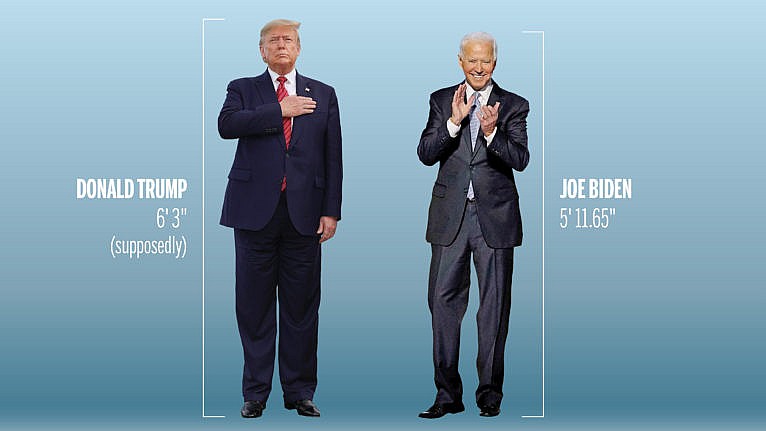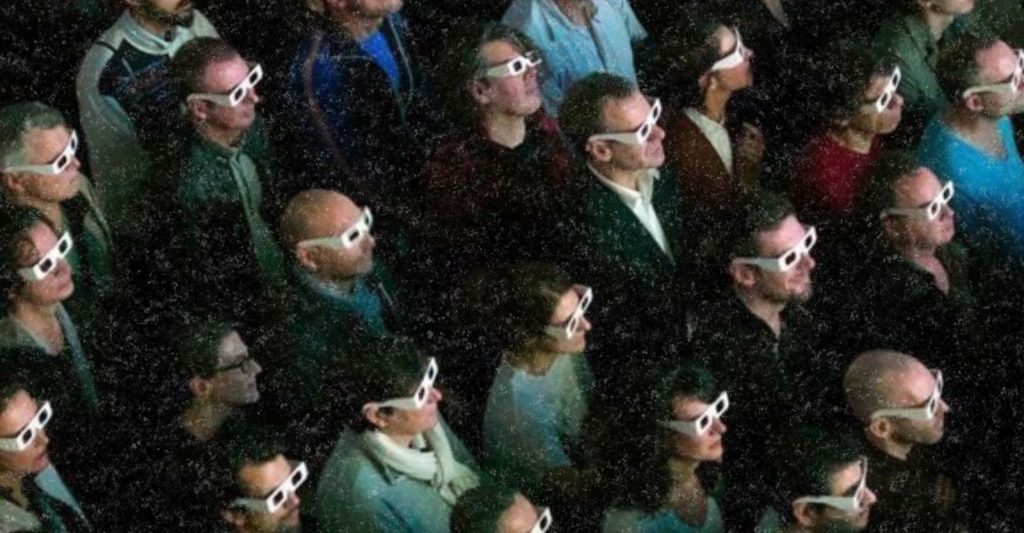
The Perceived Leadership of the Tall, White Male
Societal Ill: something in our society that is created by many forces (seen and unseen) that are engineered by economics, security, acceptance, shelter, sustenance, acknowledgement, reproduction, desires, health and well-being, which produces conscious, subconscious, and unconscious behaviors that negatively impact interhuman behavior.
Some of these societal ills have been with us for a long time. For example, it still pays to be a tall, white male…on a lot of fronts.
Let’s start with dating. According to one study, men who said they were 6’3” or 6’4” received 60% more messages than men who said they were 5’7” or 5’8”. Some women I have spoken to have candidly told me they will only date (or only used to date) men who are 6-foot or taller. The advantage experienced by these tall men fosters confidence, which in turn likely attracts more women. Tall men know that if one woman doesn’t suit their needs, another one will come along soon enough. They know they are a valuable commodity in the marketplace.
This phenomenon goes well beyond the dating market and matters of love and sex. When people are trapped in an elevator, they always seem to look to the tall man in the room for leadership. A similar dynamic happens in the boardrooms, conferences, and offices of business and political leaders (It’s probable that it transcends only white men too, by the way). Such a reverence allows privilege and resources to continue to flow to those of elevated heights. Studies, for example, show that taller men make more money.
Why is this the case? Taller men are simply perceived to be better leaders. They are also perceived as more competent and better leaders. There are a number of reasons for this. One is implicit bias, a type of unconscious prejudice that can influence our thoughts, feelings, and behaviors. Another is the stereotypes about tall men that often portray them as being more intelligent, capable, and successful than other groups of people. These stereotypes can lead people to expect more from tall men, and to perceive them as better leaders. And, finally there is also representation in the media, which plays a powerful role in shaping our perceptions of the world and that disproportionately portrays tall men in leadership roles.
So perhaps it is no surprise that tall (largely white) men still dominate the C-Suite in corporate America and governing leadership. For example, while Disney was furloughing roughly 100,000 of its employees in 2020, CEO Bob Iger, who is 6’1”, saw his pay slump to only $21 million. And, as much as we emphasize diversity, inclusion and improved access today in society and the workplace, at an unconscious level, there still seems to be a powerful draw to this “Tall Man” archetype, and the tall male continues to prevail the C-suite and leadership positions, the dating world, and beyond. Society propels those men forward, and without any evidence that they actually make better decisions. They continue to become CEOs, governors, and presidents, and to dominate the C-suite and political leadership. They are often revered as gods and geniuses.
Much of this phenomenon occurs at an unconscious level. We tend to think of the unconscious as mysterious, but it is an increasingly understandable part of our minds. We don’t realize the extent to which our desires, which are often based on evolutionary-driven archetypes, can shape our actions. But in blindly (or unconsciously) following these desires we’re actually often hurting our own social movements and hindering progress. We believe passionately in diversity, equity, and inclusion, but sometimes we are unconsciously pursuing motivating desires that can contradict these themes. In some ways, we are walking contradictions ourselves. We present one version of ourselves to the world through our Twitter feeds, but what we look at and consume on Instagram and elsewhere may be completely different in nature (and more indicative of our subconscious preferences).
Still, we are capable of separating what we might innately desire from the way we operate in our human systems of business and leadership. We have to be aware of certain inclinations or else we will only perpetuate the problem. We can recognize the surface appeal of a tall man to some of us, but step back and evaluate him on his true merits. When we do this, only then will we get to a truly equitable, diverse, and inclusive reality.
And remember that old saying “don’t judge a book by its cover”…well then.
Image Reference: (Photo illustration by Stephen Gregory)






